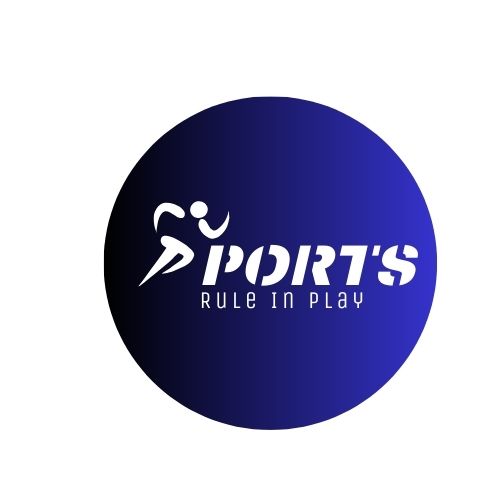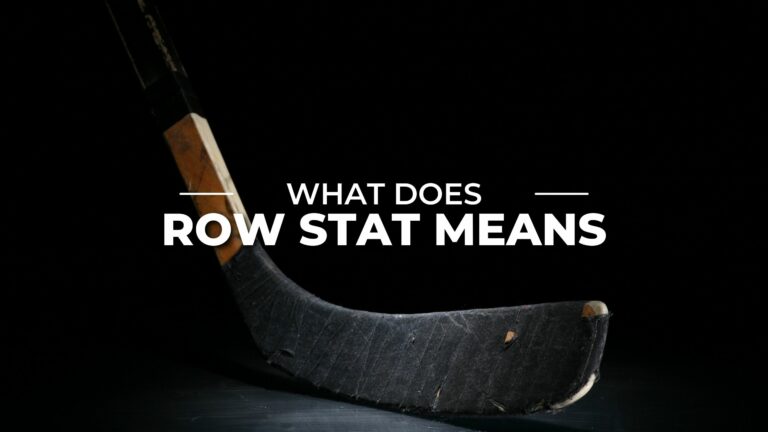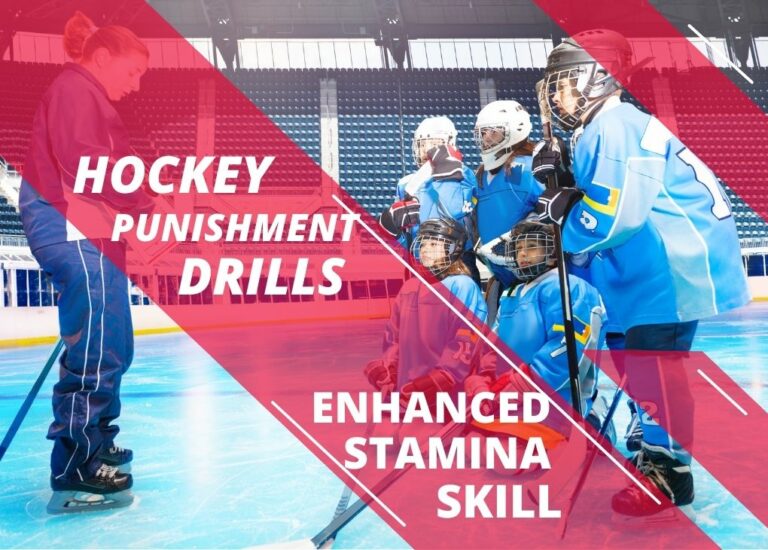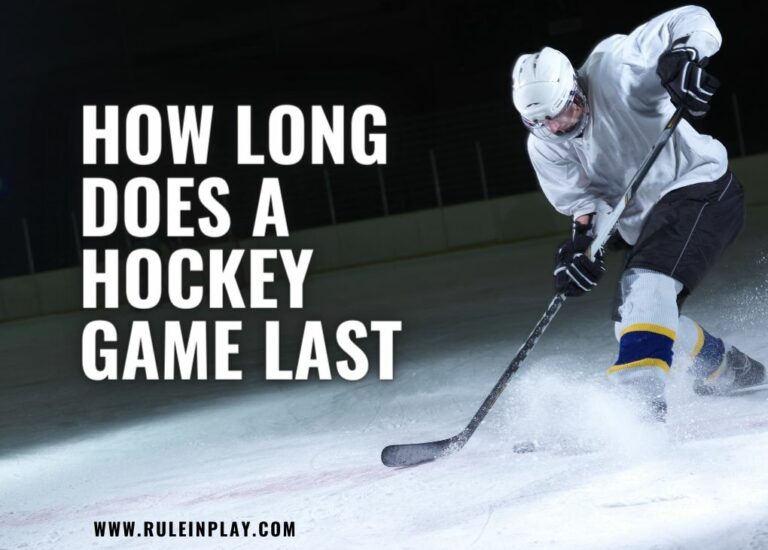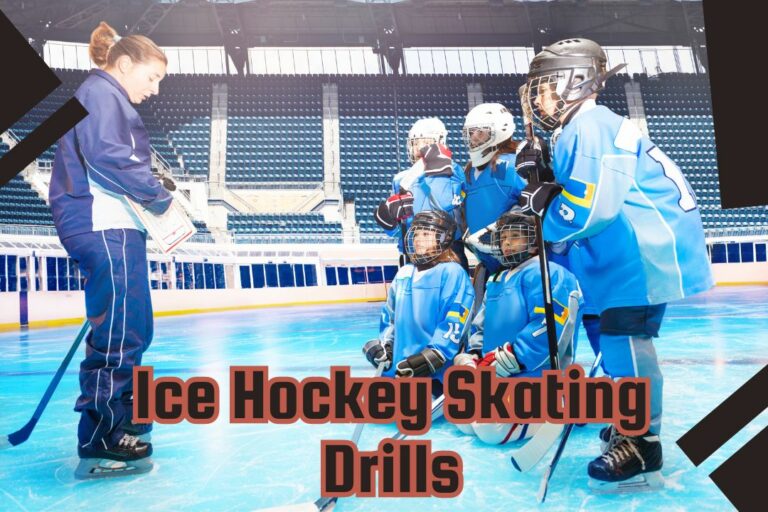Ice Hockey Stick Size Guide | Finding Your Perfect Fit
Choosing the right ice hockey stick size is crucial for any player, whether you’re a seasoned pro or a beginner. Your stick’s size can significantly impact your performance, comfort, and overall gameplay. In this article, we will delve into the details of selecting the correct ice hockey stick size guide, factors to consider, and how to measure and customize your stick for optimal performance.
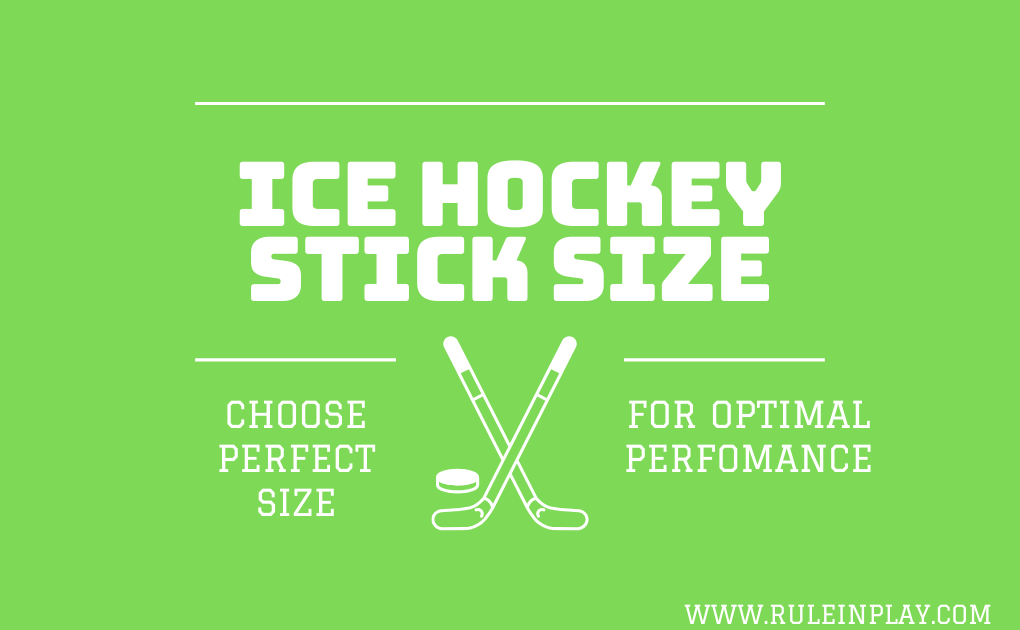
Why Does Stick Size Matter?
The right stick size can affect various aspects of your game, including your shooting accuracy, power, and puck control. Here are some key reasons why choosing the correct ice hockey stick size is essential:
Choosing the Right Stick Size for Kids
When it comes to hockey, selecting the right stick size for your child is crucial. It not only affects their performance on the ice but also ensures their safety and comfort during play. In this blog post, we will delve into the importance of considering a child’s height, weight, and skill level when choosing a stick size. Additionally, we will provide a general guideline for stick length and flex rating based on age ranges.
Height, Weight, and Skill Level: The Triple Threat
One of the key factors to consider when choosing a stick size for kids is their height. A stick that is too long or too short can hinder their ability to handle the puck and execute proper shots. For younger players, it’s essential to find a stick that allows them to maintain proper body position and balance while handling the puck.
Weight is another important aspect to consider. A stick that is too stiff or too flexible can affect a child’s shot power and accuracy. It’s crucial to find a stick that matches their strength and allows them to generate optimal power without sacrificing control.
Lastly, skill level plays a significant role in stick size selection. Beginners may benefit from a slightly shorter stick to improve their puck control, while more advanced players might prefer a longer stick for increased reach and leverage.
General Guidelines for Stick Length and Flex Rating
To provide a general guideline for stick length and flex rating based on age ranges, here are some recommendations:
1. 8 and Under
- Stick Length: A good starting point is to have the stick come up to the child’s chin when they are in their skates. This length allows for proper puck handling and control.
- Flex Rating: Stick flex is not as crucial at this age, so a flex rating between 40-50 is a good range.
2. 9-12
- Stick Length: The stick should ideally reach the child’s collarbone or slightly below. This length provides a good balance between control and shot power.
- Flex Rating: Aim for a flex rating between 50-60, allowing for improved shot power and accuracy.
3. 13-16
- Stick Length: The stick should come up to the child’s chin or nose, enabling them to handle the puck with ease and generate power in their shots.
- Flex Rating: A flex rating between 60-70 is ideal for this age group, providing excellent shot power and control.
Remember, these guidelines are just starting points, and every child is unique. It’s essential to assess their height, weight, and skill level individually to make the best decision. Visiting a professional hockey equipment store or consulting with a coach can also be helpful in finding the perfect stick size for your child.
Ice Hockey Stick Size Guide for Teenagers and Adults
Stick size not only affects your control and accuracy but also plays a significant role in enhancing your overall game. In this blog post, we will delve into the factors that influence stick size selection, provide a chart with recommended stick length and flex rating based on player height and weight, and offer additional tips for defensemen, forwards, and goaltenders regarding stick preferences.
Chart: Stick Length and Flex Rating Recommendations
To simplify the stick size selection process, refer to the following chart that outlines the recommended stick length and flex rating based on player height and weight:
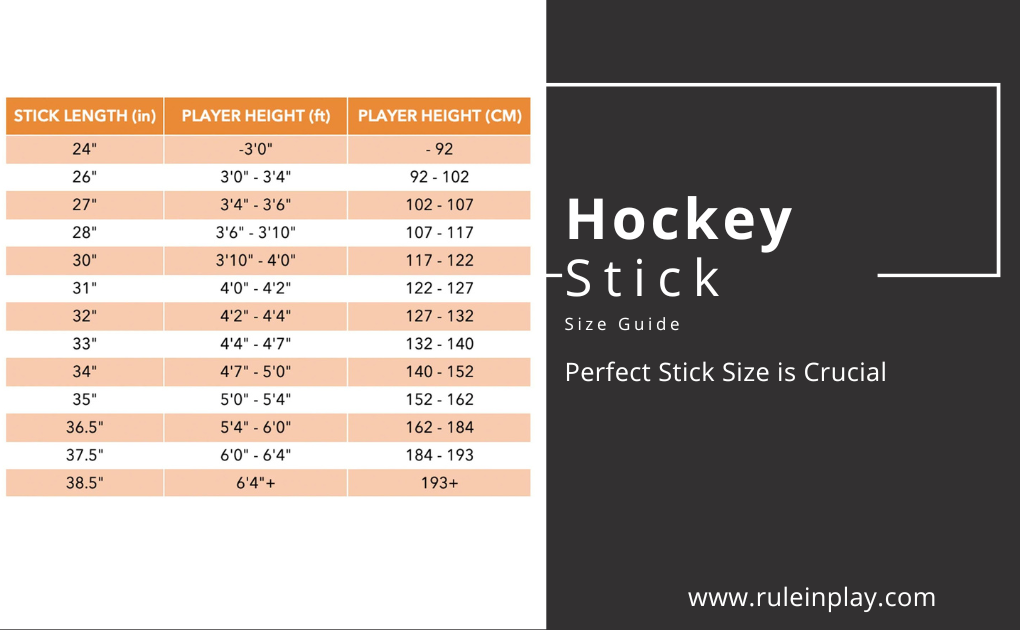
Additional Tips for Defensemen, Forwards, and Goaltenders
1. Defensemen: As a defenseman, you may benefit from a stick that is slightly longer than the standard recommendation for your height. This additional length can aid in poke checks and provide a larger reach when battling for the puck in the defensive zone.
2. Forwards: Forwards often prefer shorter sticks to enhance stick handling, quick-release shots, and maneuverability in tight spaces. Experiment with different lengths to find the one that suits your playing style and preferences.
3. Goaltenders: Goaltenders require specialized sticks designed specifically for their position. These sticks are typically shorter and have a larger blade surface area to improve puck control. Consult with a goalie equipment specialist to find the stick that best fits your style and preferences.
Factors to Consider When Choosing a Stick Size
Selecting the ideal ice hockey stick size is not a one-size-fits-all endeavour. Several factors should be taken into account to find the perfect fit:
How to Measure and Customize Your Stick
To ensure you have the right stick size, follow these steps:
Wrapping Up
Selecting the right stick size is crucial for hockey players of all ages and skill levels. Factors such as height, weight, playing style, and position all play a significant role in determining the ideal stick size for an individual player. By considering these factors and referring to the recommended stick length and flex rating chart provided, you can make an informed decision that will enhance your performance on the ice. Remember to experiment and seek advice from experts to find the stick that best suits your playing style and preferences.
